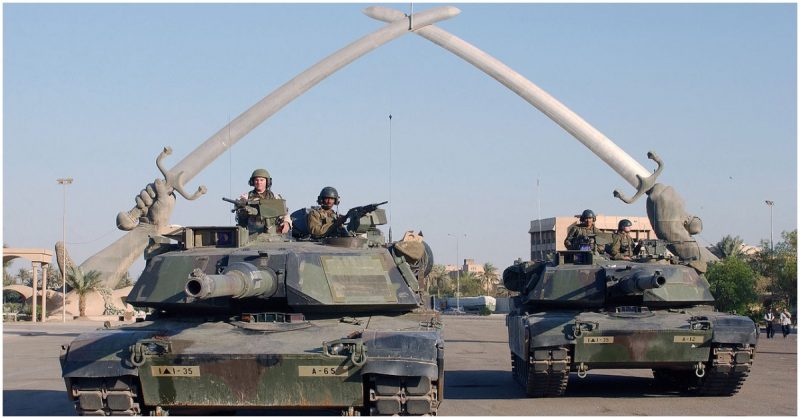Having been tagged as “one of the most enduring anti-war novels of all time,” this science fiction-infused anti-war story effortlessly portrays the ludicrousness of war.
With all the devastating effects of war and the deep scars it leaves on the pages of our history, one can easily agree with the words of Edwin Starr: “war is the enemy of mankind.”
Although the horrors of war may never be perfectly recreated in words, writers all over the world have been known to draw a cavalcade of inspiration from such conflicts. Some writers focus on the bigger picture of a particular war, while others narrow it down to the struggles of a particular group or individual.
But what all of them have in common is a desire to recreate in words the horrifying experience of warfare and how it shapes people and societies.
There are millions of war novels in circulation all over the world, covering different events, times, and people. But here, spread across three articles, we highlight and briefly talk about the top 30 greatest war stories of all time – including a play, a graphic novel, a war memoir, and biographies.
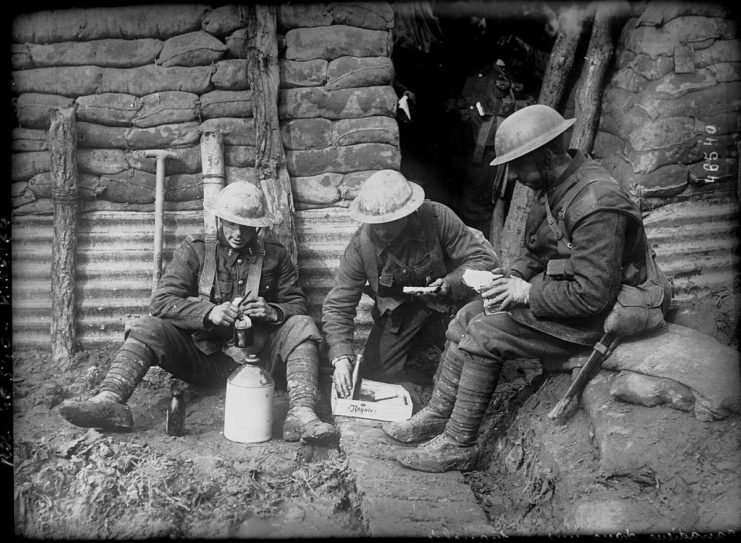
Below, in no particular order, are the first ten of thirty books military fans should read at least once in their lives.
1. Billy Lynn’s Long Halftime Walk
This is a satirical war novel authored by Ben Fountain. Published in May 2012, Billy Lynn’s Long Halftime Walk is Fountain’s debut novel.
The sharp satire centers on the experience of a group of veterans from the Iraq War and, specifically, on the Specialist Billy Lynn of Bravo Squad.
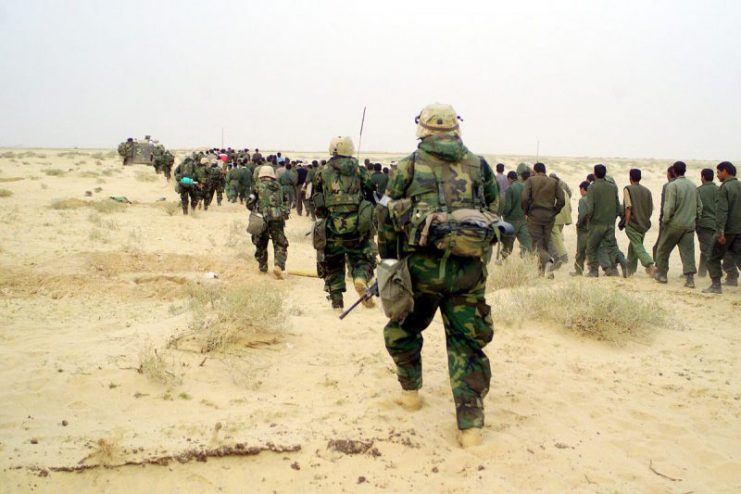
When Lynn returns home to his family, he struggles to reconnect with them in the face of the disturbing disconnection between the realities of the war in Iraq and what the people at home were being shown.
“A brave, compelling book that doesn’t flinch from portraying the uncomfortable realities of war,” said a writer on Short List.
The novel talks about the commercialization of war, brotherhood, and what it means to support a war when those US citizens at home barely feel the real costs of the conflict.
Earning highly positive reviews and lauded for its fluid dialogue and “pitch-perfect ear for American talk,” Fountain’s novel won several awards. An attempt to adapt the novel into a film in 2016, however, yielded a rather underwhelming result.
2. War and Peace
War and Peace, fully published in 1869, has been described as Leo Tolstoy’s finest literary achievement.
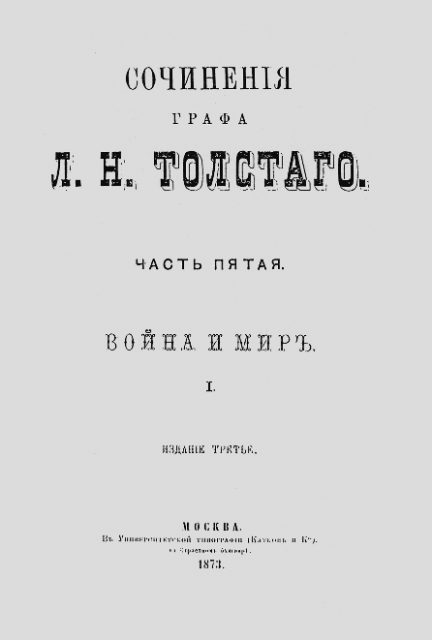
In his 1,225-page novel, Russian author Leo Tolstoy chronicles the events of Napoleon’s invasion of Russia and its effect on the Tsarist society through the tales of five Russian aristocratic families.
https://youtu.be/-MUDxA-hpZY
In this exceptional piece of literature, Tolstoy attempts to blur the line between fiction and history, combining his experience in the Crimean War with a cavalcade of verifiable information from years of research he conducted.
Originally written in Russian and translated into English 30 years later, this novel enjoyed great success among the reading public.
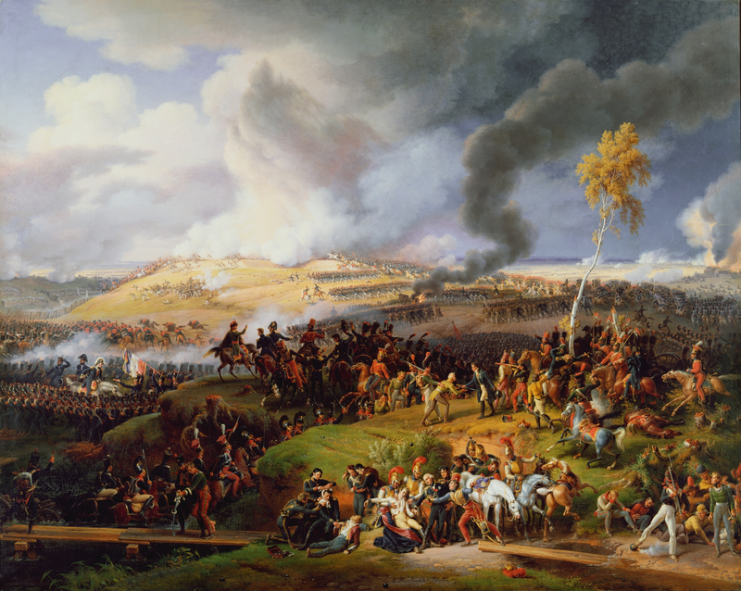
Tolstoy became known as “the true lion of the Russian literature.”
“If the world could write by itself, it would write like Tolstoy,” said author Isaak Babel.
3. All Quiet on the Western Front
This novel is authored by Enrich Maria Remarque, a Veteran of World War I who served in the German Army. The book talks about the extreme physical and mental stress suffered by German soldiers, as well as the feeling of detachment from the civilian lifestyle which the soldiers experienced upon returning from the war.
The book was a huge success, selling over 2.5 million copies. It was translated into 22 languages within a year and a half of its release.
The novel, alongside its sequel, The Road Back, were among the books prohibited in Nazi Germany. Many of them were burned in the 1930s during the Nazi book-burning campaign.
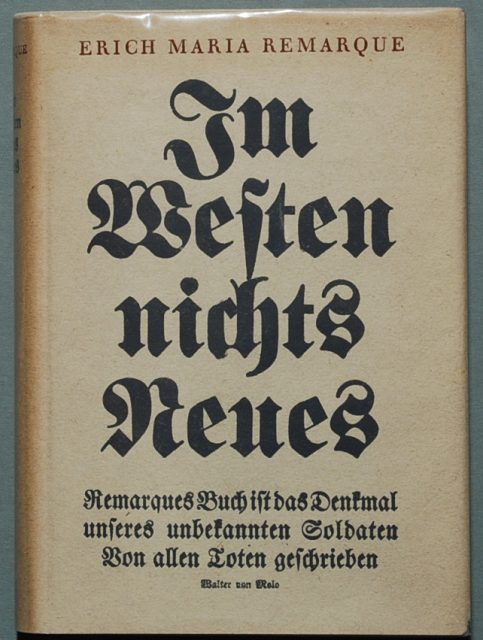
4. Austerlitz
Austerlitz is a haunting novel of post-war Europe written by Winfried Georg Sebald. Published in 2001 as Sebald’s final novel, it deals not with the actual fighting and bloodshed of war but the far-reaching aftermath of it.
Five-year-old Jacques Austerlitz gets sent to England where he grows up under the care of foster parents.
Becoming an architectural historian several years later, he finds himself haunted by his past. The dire fate of his parents, his escape from Czechoslovakia before the outbreak of WWII in 1939, and all the gloomy memories from 50 years before are gradually unveiled in this mesmeric, melancholic masterpiece.
This novel takes you on a tour through a world of fortresses, libraries, railway stations, and concentration camps.
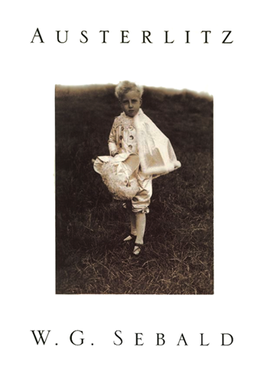
5. Catch 22
Authored by Joseph Heller and originally published in 1961, Catch 22 is often mentioned as being among the most noteworthy novels of the twentieth century.
The satirical novel, set in WWII, follows the life of a US Air Force B-25 bombardier stationed in the Mediterranean.
The bombardier, Captain John Yossarian, along with several others, struggles to sustain his sanity while fulfilling his duties, all the while with home on his mind.
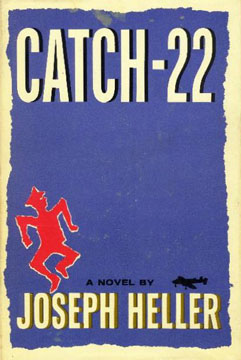
Yossarian believes that the military is trying to send him to his untimely death, and so concocts creative ways of evading his missions.
The title of Heller’s novel has since been adopted into the English language as a synonym for “a problematic situation for which the only solution is denied by a circumstance inherent in the problem.”
Perhaps that alone is enough to encourage you to get a copy.
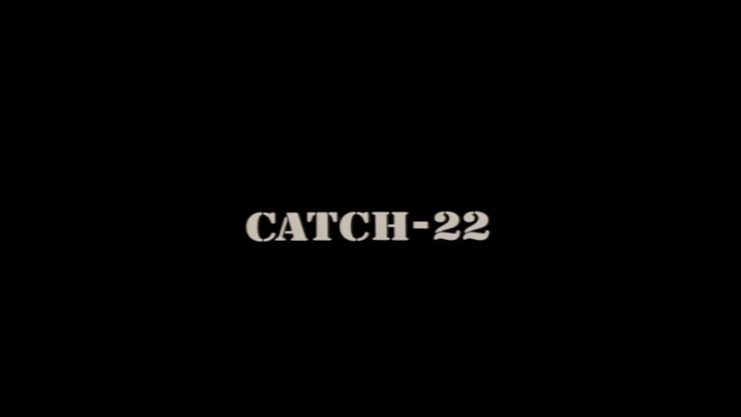
6. Henry VI
Set during the time of King Henry VI of England, William Shakespeare’s Henry VI is a play in three parts which puts the spotlight the Wars of the Roses.
This famous conflict arose from a combination of the corrupt political practices in England at the time and the king’s inability to maintain order amongst his nobles.
The unhealthy political situation was bound to deteriorate into a full-blown armed conflict, and as two rival branches of a royal house battle for control of the throne of England, unimaginable horrors were bound to unfold.
Often grouped with Richard III to form what is called the “minor tetralogy,” this sequence of four plays would firmly establish William Shakespeare’s famed status as a playwright.
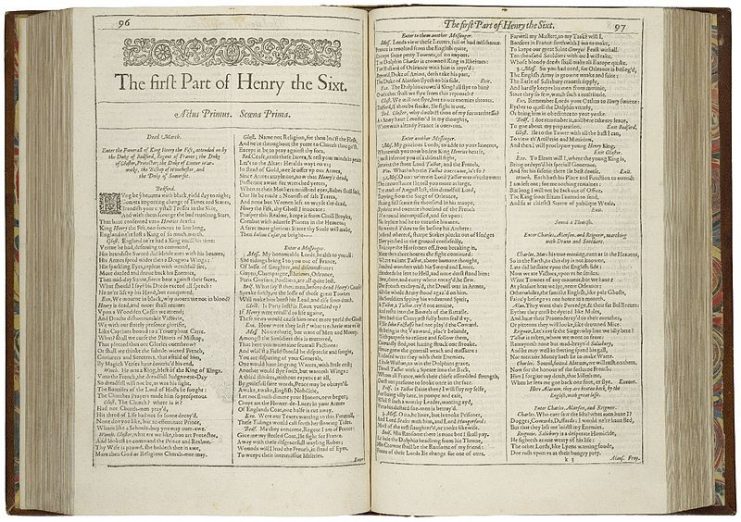
7. Slaughterhouse-Five
Written by Kurt Vonnegut in 1969, this fascinating war novel begins with the Dresden bombing of 1945 and smoothly weaves into the experiences of the protagonist, Billy Pilgrim, as he journeys through time.
Eloquently told, the novel sets its focus on Billy’s experience as a prisoner of war during the Allies’ bombing of Dresden, an event which the author himself lived through as one of the captured military personnel during WWII.
Having been tagged as “one of the most enduring anti-war novels of all time,” this science fiction-infused anti-war story effortlessly portrays the ludicrousness of war.
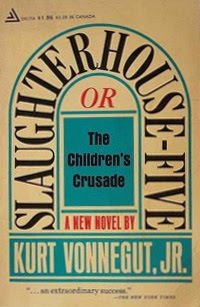
8. For Whom the Bell Tolls
For Whom the Bell Tolls, authored by Ernest Hemingway and published in 1940, focuses on the Spanish Civil War, graphically describing its brutality and unfairness.
The protagonist is Robert Jordan, a young American soldier in the International Brigades. Serving as a dynamiter in a republican guerrilla unit, he gets assigned to a mission blowing up a bridge during an attack near Segovia.
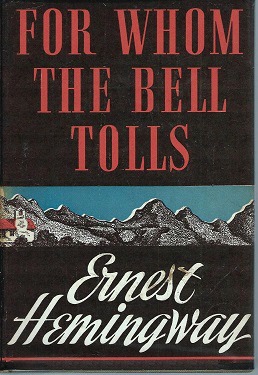
It is a tale of sacrifice, heroism, and patriotism.
Along with three other novels written by Ernest Hemmingway, the novel is seen as one of his best works.
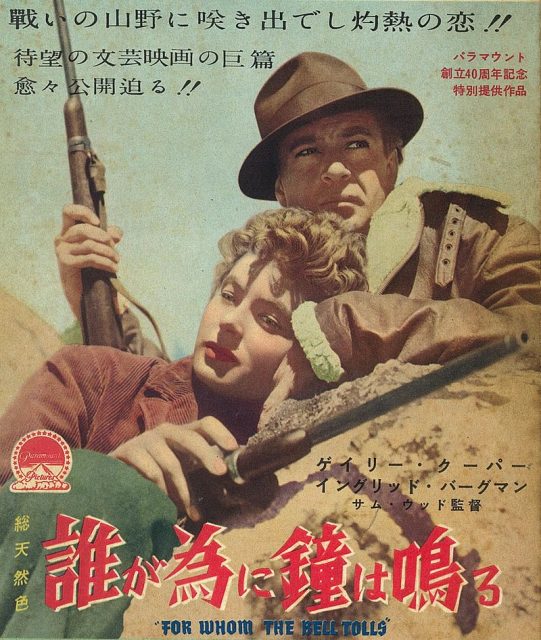
9. Birdsong
Sebastian Faulks’s fourth novel was published in 1993. It focuses on the war experiences of Stephen Wrayford as a British soldier during the Battle of Amiens in 1918. It also examines his granddaughter’s efforts at understanding Stephen’s experiences during the war.
This is one of Faulk’s most well-received works, earning a spot as the 13th favorite book in Britain during the Big Read in 2003.
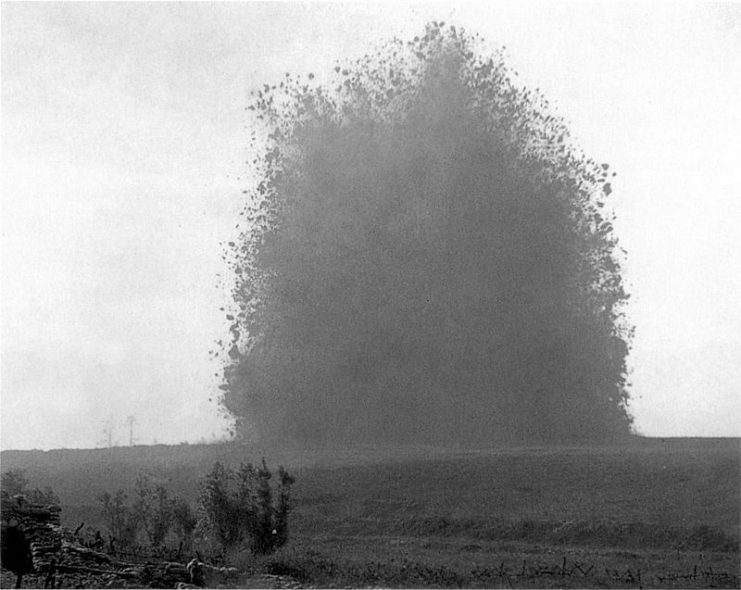
10. Gone with the Wind
Published in 1936, Margaret Mitchell’s novel is set during the days of the American Civil War. From the outset, the novel was hugely popular among American readers. In 1936 and 1937, it was the bestselling fiction in America.
Read another story from us: Propaganda Of The American Civil War – Started Years Before The Outbreak
Gone with the Wind became so popular that in a 2014 poll by Harris Insights and Analytics, it was revealed that Margaret Mitchell’s novel was America’s second favorite book, being beaten to first place by the Bible.
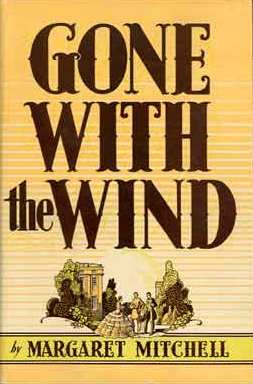
That completes our first list of ten out of thirty best war books.
